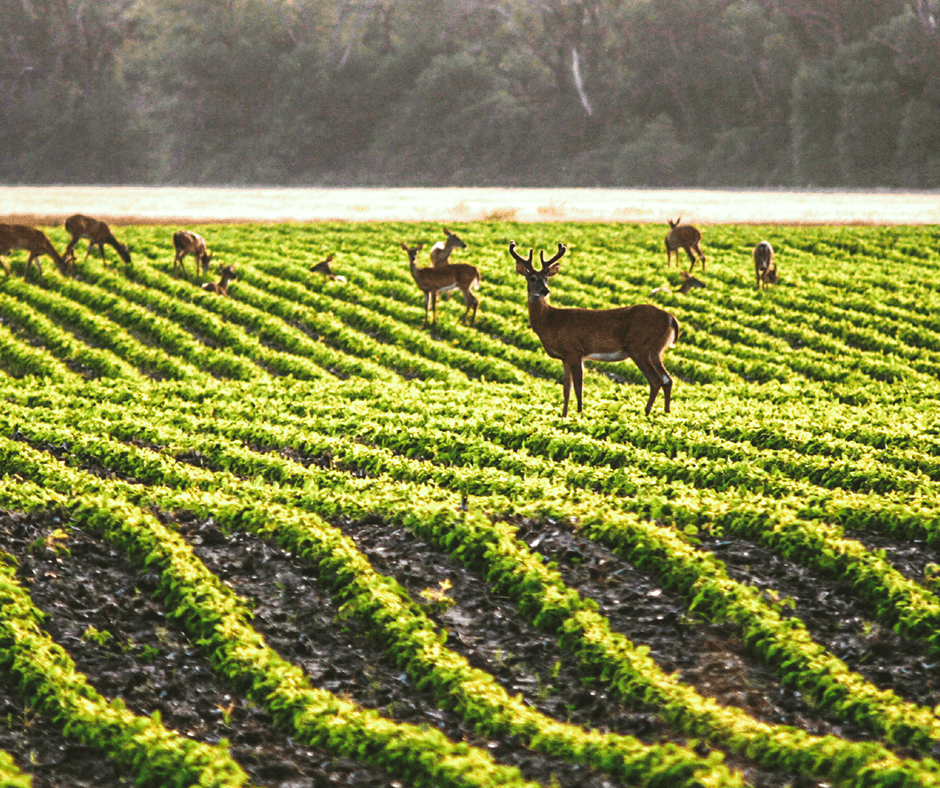Lenders want to minimize risk!
Aside from the obvious financial risks that mortgage lenders are exposed to, there are a host of other risks that need to be addressed before a home or vacant land sale can be finalized. When a lender of any size or specialty agrees to loan someone money for a specific purchase there is inherently some liability that accompanies the loan.
For example, when you buy a car from a dealership and drive away, the finance person collects your proof of auto insurance. This is done at the request of the bank, who has now assumed some ownership in your new car and can be included in lawsuits surrounding the use or misuse of the vehicle.
Likewise, when a title company coordinates and completes a sale of land to a new landowner, they typically will require the purchaser to provide proof of liability coverage that will protect the bank (lender) if someone is injured or has property damaged by a negligent landowner. Lawsuits arising from the use of vacant land have become increasingly common over the last decade and lenders have discovered that they are best served by having the new landowner provide liability coverage.

Incidents that can happen on Vacant Land
So, what kind of accident could cause problems for a mortgage lender? Consider the inherent dangers that accompany owning vacant land. Abandoned wells, dead trees, washed out culverts are all very common. An invited guest could be strolling along a path or in the woods and fall into an unmarked cistern or well. His injuries could be significant and a lawsuit seeking damages could be imminent. A simple vacant land (timberland) liability policy protecting both the landowner and any lien holder could be the simple and inexpensive solution. Of course, the policy must be purchased and in place prior to the accident.
The American Hunting Lease Association provides this exact type of coverage and is approved by lenders across the country. The advantage to the AHLA program is that the bank or mortgage lender can be listed on the policy as an additional insured. This important feature provides the lender with the same level of coverage as the landowner.
Many of the land liability policies will not allow any type of structure on the ground. Abandoned barns, old sheds etc. will disqualify the property from vacant land coverage. The AHLA program allows these structures, but only insures liability from their use. For instance, during a storm an invited guest seeks shelter in an old, dilapidated barn. Once inside, the guest steps on old piece of machinery causing her to fall and injure herself. She may have a claim and very well could sue the landowner (and the bank holding the lien).

Trespassers
Perhaps the most unique coverage of this type of policy is its defense from claims made by trespassers. Although unlikely, trespassers have sued landowners and regardless of the outcome the legal fees alone were substantial. Vacant land liability coverage would protect the bank from this exact type of lawsuit.
Additionally, the policy has a “duty to defend” clause that provides legal representation to the policy holder. The “duty to defend” feature alone could be worth tens of thousands of dollars in legal and court fees. Any judgement against the policy holder is still covered by the limits of liability and is not affected by the legal fees.
Mortgage lenders specializing in loans for recreational land, lots, farms and other vacant land parcels would do well to direct their customers to the AHLA website at www.ahuntinglease.org. Landowners can get a quote for insurance and complete the entire purchase online in just a few minutes. Proof of insurance can be emailed directly to all parties within minutes of completing the policy.



Leave A Comment